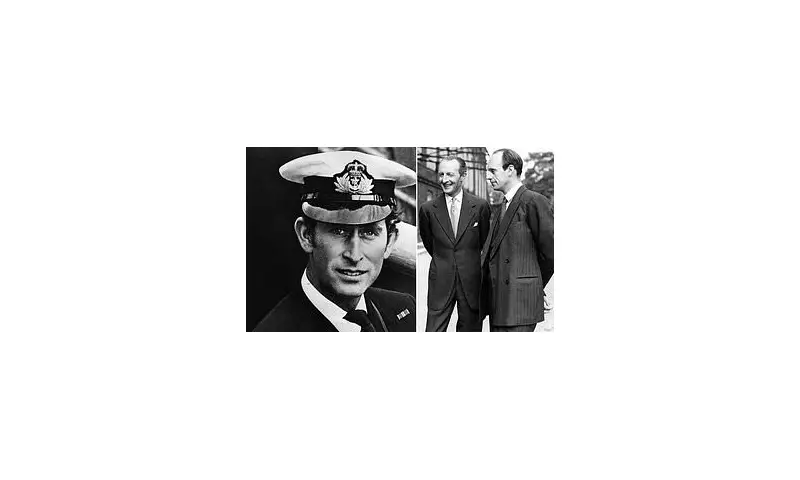
Behind the gilded gates of Buckingham Palace and the polished facade of royal protocol, a quiet revolution was brewing for decades. The man we now know as King Charles III spent much of his life as Prince of Wales waging a determined campaign against what he famously termed the 'men in grey suits' - the powerful coalition of courtiers and civil servants who traditionally steer the monarchy.
The Battle for a Modern Monarchy
According to revelations from a compelling new royal biography, Charles's relationship with the establishment figures tasked with managing the royal family was far more contentious than previously understood. The Prince perceived these officials as obstacles to his vision for a more engaged, interventionist monarchy that could tackle pressing issues from climate change to urban planning.
'They were terrified he would damage the monarchy,' one insider revealed, describing the anxiety that gripped palace corridors whenever Charles prepared to speak out on controversial topics.
A Clash of Visions
The tension wasn't merely about personality conflicts but represented a fundamental disagreement about the monarchy's role in contemporary Britain. The traditionalists argued for a politically neutral institution above the fray, while Charles believed the royal family had a duty to use its platform for meaningful social and environmental progress.
- Charles's advocacy for organic farming was initially dismissed as eccentric
- His warnings about climate change were considered too political
- Architectural conservation efforts faced resistance from development advocates
- Even his charity work sometimes raised eyebrows among the cautious mandarins
The Grey Suits' Domain
These 'men in grey suits' weren't a single entity but a rotating cast of senior private secretaries, communications directors, and Treasury officials who saw their role as protecting the institution from controversy. Their tools were gentle persuasion, strategic scheduling, and occasionally, outright obstruction of initiatives they deemed too risky.
'There was a constant dance,' another source noted. 'Charles would push at the boundaries, they would gently but firmly reinforce them. It was a tug-of-war that lasted for forty years.'
The Turning Tide
What emerges from these accounts is a portrait of a prince who grew increasingly confident in challenging the establishment. As public attitudes evolved and environmental concerns moved from fringe to mainstream, many of Charles's once-controversial positions began to look prescient rather than problematic.
The biography suggests that this long-standing tension actually prepared Charles for kingship, giving him a thorough understanding of the institution's limitations and possibilities. His persistence in the face of institutional resistance may have ultimately strengthened his resolve and clarified his vision for the monarchy's future.
Now, as King Charles III, the man who once battled the men in grey suits has become the institution they sought to protect - and the world watches to see how his hard-won convictions will shape a modern monarchy.





